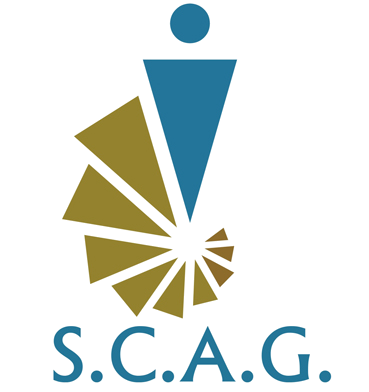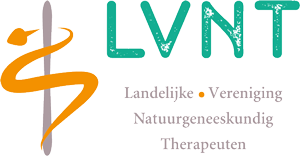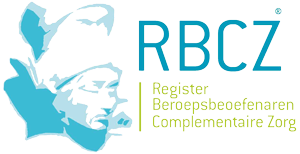Massage therapy / Structural integration
Structural integration combines a massage treatment with actively moving yourself during the manipulations. The effect this has on the connective tissue makes you feel comfortable and free in your body again.
12 session track Anatomy Trains Structural Integration
For whom?
People who want to learn more about their own body. Specifically, what is the function of my pain complaint and limitation of movement and what does body shape and quality of support tissue say about the origin of this.
Support tissue, also called connective tissue, is what gives shape to our body.
Muscle tissue sets us in motion. We need both to be able to function efficiently. How effectively this is done depends entirely on coherent cooperation between the two systems. It often happens that a chronic pain complaint triggers an incident or experience from the past. Think of scars (visible/not visible), ingrained working posture, chronic overload/underload, persistent stress (physical and/or mental), loss of sense of proprioception (where
I am in my body in relation to the environment).
But intensive sports, genetic predisposition and child experiences can also provide insight into the origin or course of the pain complaint or limitation.
We look for and pursue your ideal, where you feel most comfortable and free in your body.
How does it look?
This trajectory is divided into 12 sessions of 75 minutes according to a fixed protocol.
- In the first four sessions, the superficial connective tissue is treated (superficial fascia), followed by the 4 core sessions (deep fascia).
- This is followed by the integration part (4 sessions) in which body coordination, awareness, education and all the previous work come together.
- Extra in-between sessions are frequent, especially when there are long-lasting patterns of tension. Interim exercises can also be given to prepare for the next session or to train a newly acquired form/movement.
Each session starts with a short telephone intake and we determine which specific part of a line requires the most attention in relation to the request for help. We use the 'body reading' technique for this. This is a way to look at the body in a non-judgmental way.
Unlike a massage treatment, in the ATSI work you are also actively moving during the manipulations. This is necessary because your connective tissue can only reform itself in this way.
The course is highly dependent on several factors, such as the duration and complexity of the complaint, the relationship with secondary complaints, the ability to let go of (pain) experiences, as well as general health, vitality and the natural ability to recover.
Before each session there is room for questions, sharing experiences or other consultations.
What can you expect?
In addition to reducing/resolving pain and movement complaints, you have also gained insight into how your body continues to function best when under tension, stress or daily repetitive routines. But also how you can train smartly, practice your sport without injuries, interpret body signals before it becomes a chronic complaint.
The structural integration work is a unique and personal experience that you can experience on several levels
body awareness expands and transforms.
Op Care guide you can check this per insurer.
If you are dissatisfied with our treatments and you cannot resolve it with us, you can this way file a complaint.


